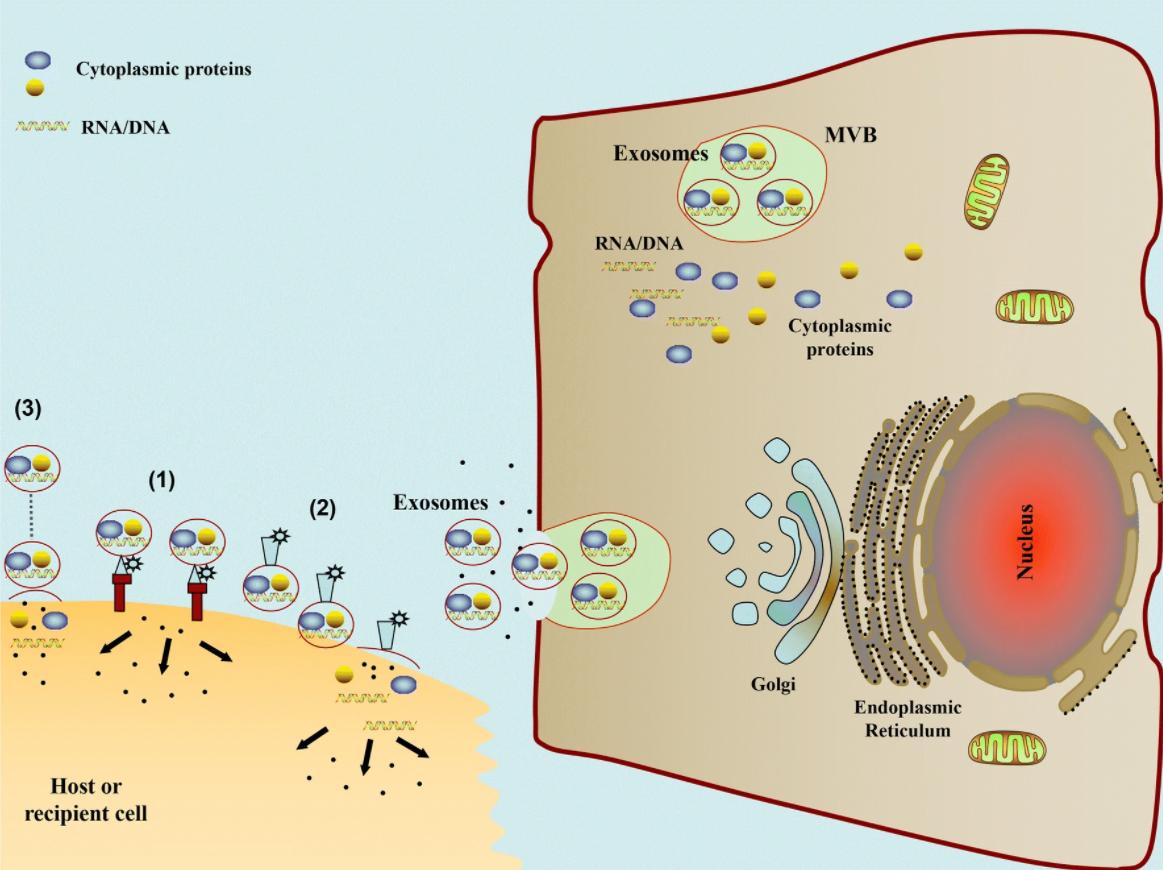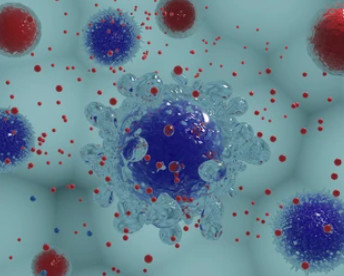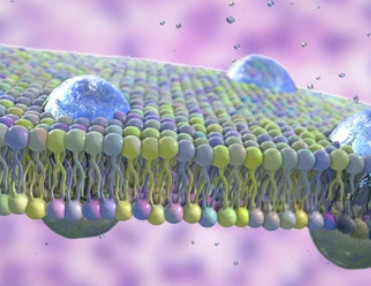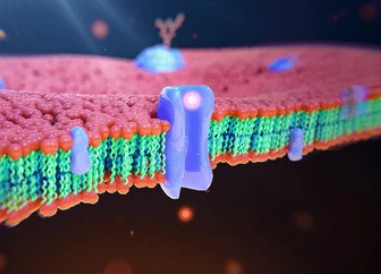Exosome Function Research
Online InquiryExosomes are biologically active extracellular nanovesicles secreted by different types of cells. Initially thought to be functionally unimportant, these small lipid bilayer-enclosed particles have now attracted increasing interest over the past decade due to their important role in transport and intercellular communication. The ability of exosomes to wrap a wide range of contents (e.g., proteins, DNA and RNA) into proximal and distal cells makes them powerful therapeutic tools and promising diagnostic biomarkers for a variety of diseases. Creative Proteomics provides you with a professional exosome multi-omics analysis platform. We have high-resolution mass spectrometry instruments and a professional bioinformatics team to provide you with exosome proteomic, exosome metabolomic and exosome lipidomic analysis services. We also specialize in exosome isolation, purification, and identification service based on professional knowledge and advanced equipment. Our services can greatly help you accelerate the progress of your projects, including exosome function studies.
Exosome-mediated transport and intercellular communication
In addition to direct cellular communication through intimate physiological contact, there are other communication mechanisms between cells. Among them, exosomes with cell-specific proteins, lipids and nucleic acids are abundant in the intracellular space and serve as another powerful intercellular communication mechanism. The success of exosomes in performing their biological functions is highly dependent on the efficient delivery of their cargos, which can be achieved through direct membrane fusion, receptor-ligand interactions, or endocytosis. Once internalized, exosomes are fused to the limiting membrane of endosomes and their contents are transferred horizontally to the cytoplasm of target cells. There are three main mechanisms by which bioactive molecules contained in exosomes affect target cells, including direct stimulation of target cells via surface-bound ligands, epigenetic reprogramming of recipient cells by delivery of functional contents, and transfer of activated receptors to recipient cells.
 Fig. 1 The schematic diagram of pathways involved in exosome mediated cell-to-cell
communication. (Zhang, Yuan, et al., 2019)
Fig. 1 The schematic diagram of pathways involved in exosome mediated cell-to-cell
communication. (Zhang, Yuan, et al., 2019)
Our capability to support exosome function research
Creative Proteomics provides a professional exosome multi-omics analysis platform for sensitive and reproducible exosome analysis. Our professional exosome research team with rich experience focuses on providing one-stop solutions. Our capabilities can help not only help our customers gain a deeper knowledge of the biological functions of exosomes, but also accelerate the use of these extracellular vesicles in diagnostic tests or clinical studies. We offer the following lists, including but not limited to:
- Exosome isolation, purification, and identification
- Exosome RNA sequencing
- Exosome proteomic, exosome metabolomic, and exosome lipidomic analysis
- Exosome function assay
-In vitro analysis of the function of exosomes
-In vivo analysis of the function of exosomes
Creative Proteomics provides comprehensive and reliable services to clients worldwide by developing advanced platforms, improving analytical methods, conducting stability studies, and providing a thoughtful service experience, which leads to a competitive advantage in exosome research and applications. Please contact us for more information. If you don't find what you're looking for, drop us a line and our team will get back to you shortly.
Reference
- Zhang, Yuan, et al. "Exosomes: biogenesis, biologic function and clinical potential." Cell & bioscience 9.1 (2019): 1-18.
Related Services
* For Research Use Only. Not for use in diagnostic procedures.









